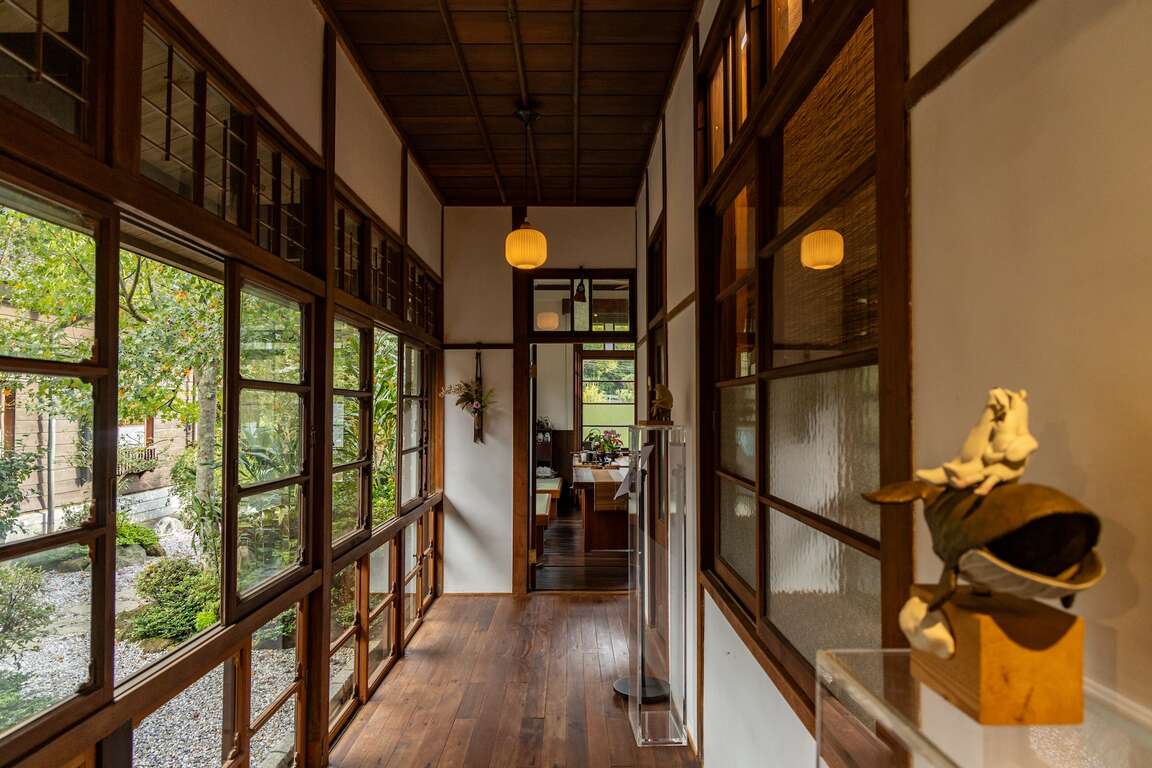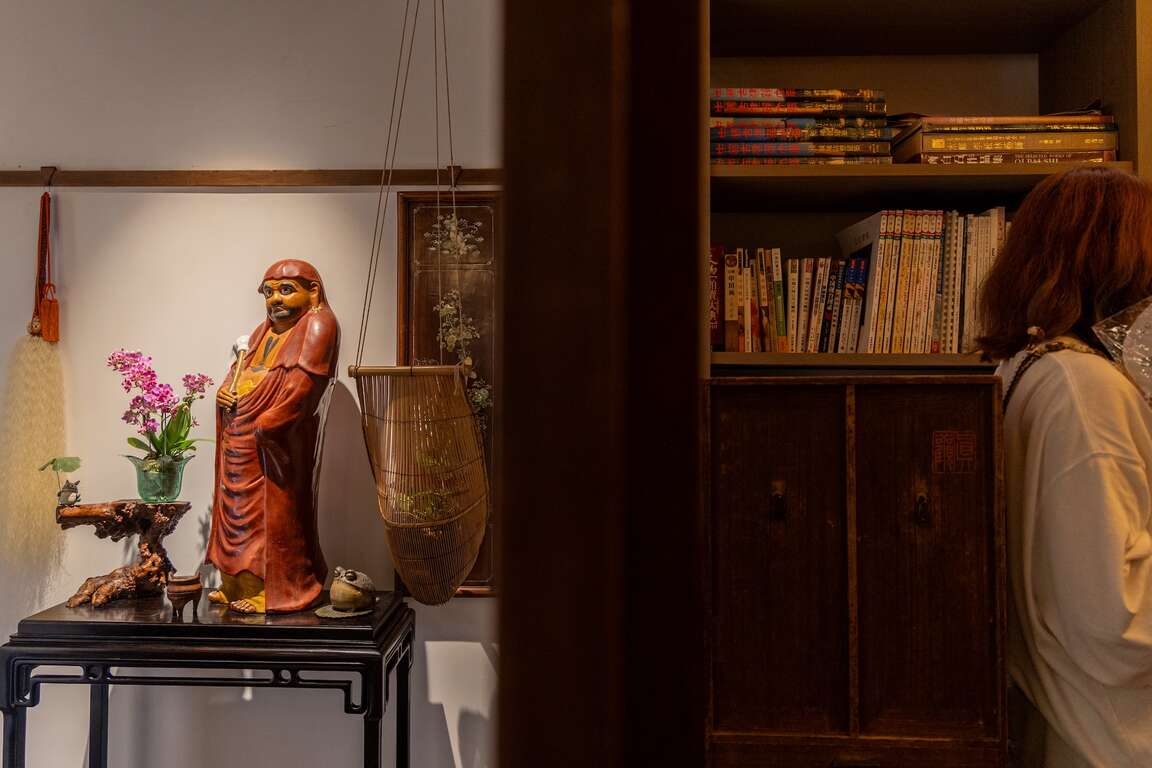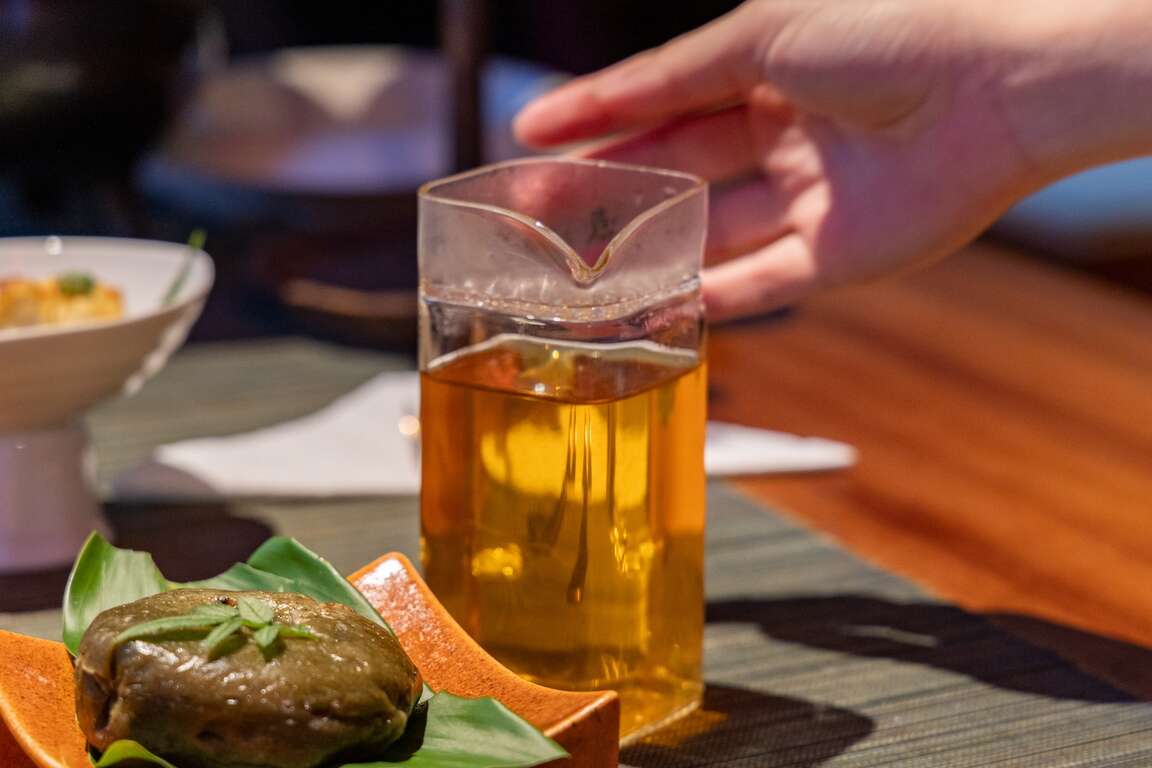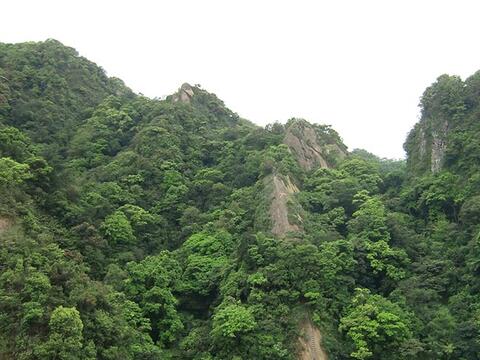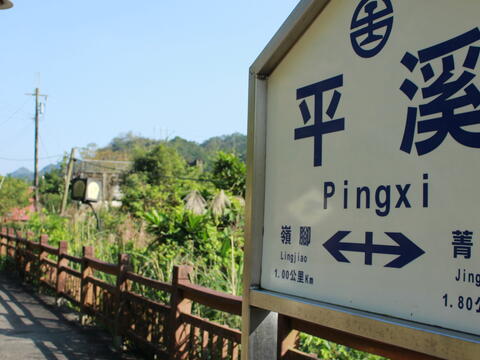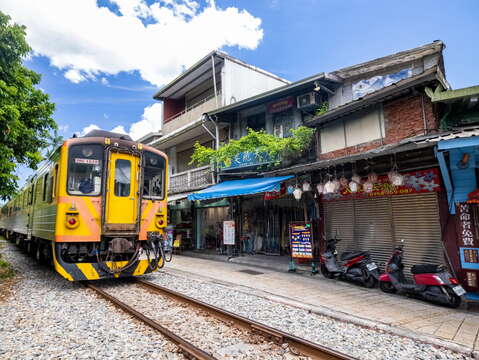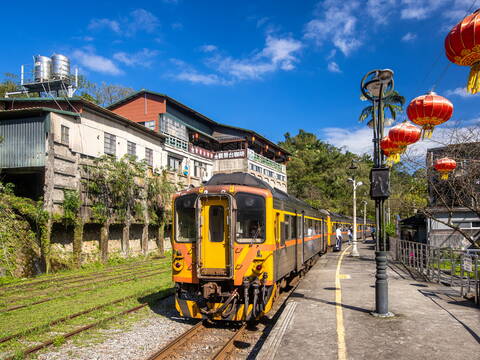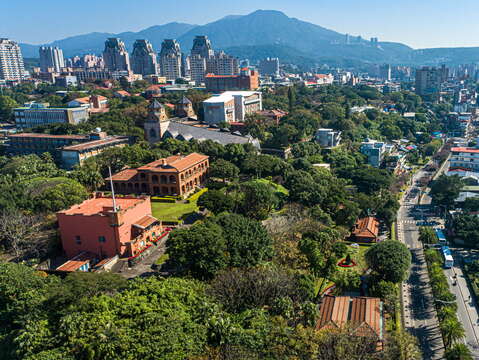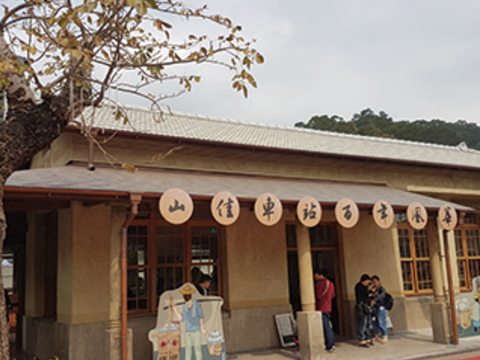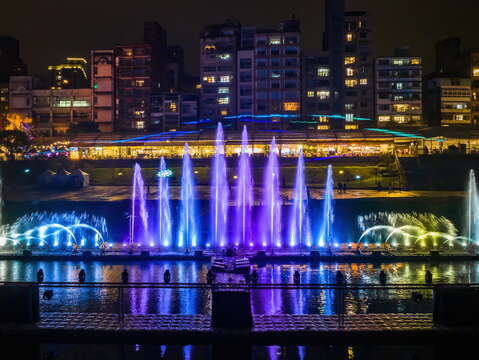Smile Trails to Hometown Mountain-Sky Lantern Tour in Pingxi Xiaozi Mountain
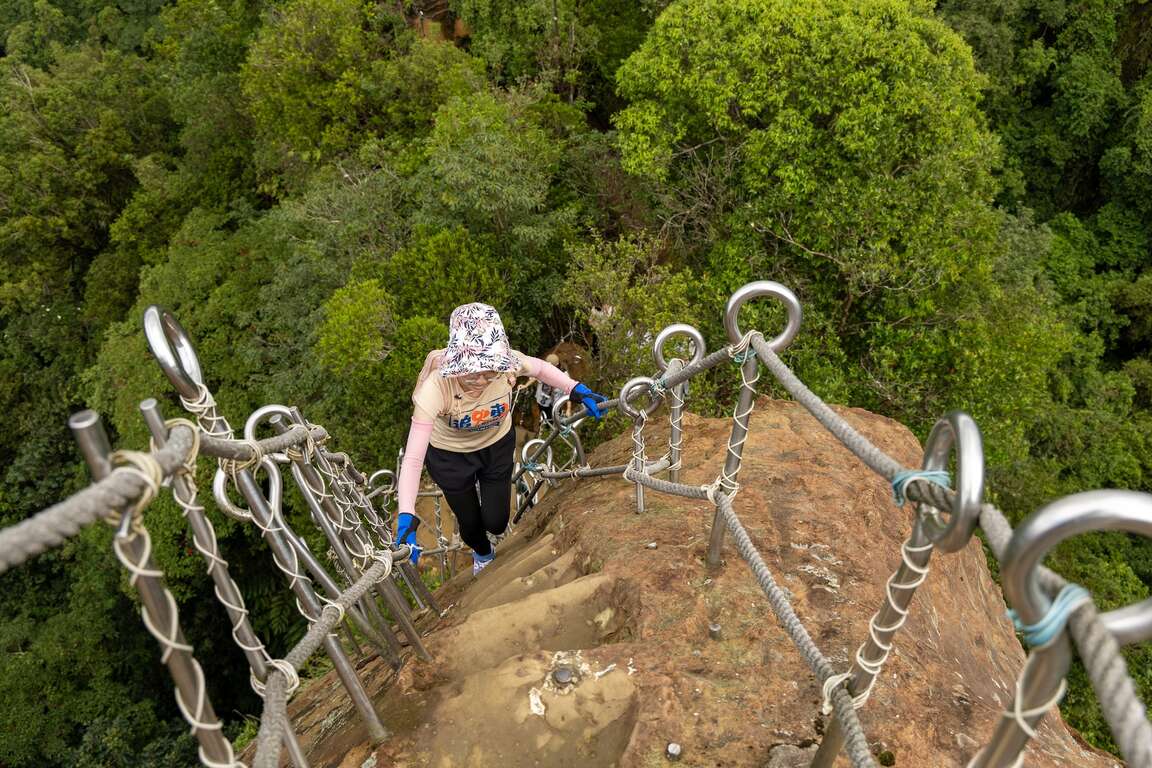
推薦路線
Introduction
The Smile Trails of New Taipei City connects the shallow mountainous areas of Shulin, Yingge, Sanxia, Tucheng, Zhonghe, Xindian, Shiding, Shenkeng to Pingxi, promoting residents in the metropolitan area to walk into the mountains near their homes. Pingxi District is at the far right of this smiling curve. Pingxi, internationally famous for its sky lanterns, has a deep mining culture and many excellent hiking trails. Take the Taiwan Railway Pingxi Line or Taiwan Travel 795 Mucha Pingxi Line to Pingxi Station, challenge the 90-degree vertical hiking trail of Xiaozishan, and go deep into Pingxi and Jingtong. Learn to make sky lanterns and visit the "Yijian.Jingtong Ancient Art Life" museum to explore the cultural landscape of Pingxi.
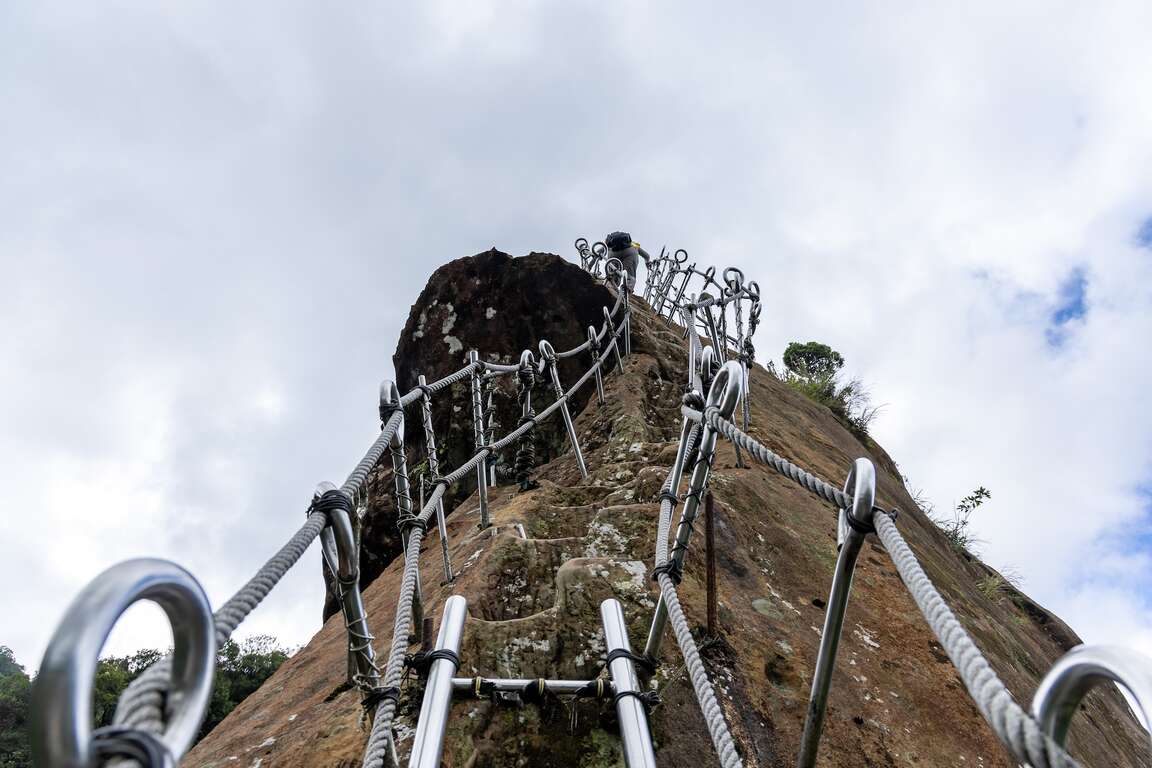
The main settlement of Pingxi is in the valley of the upper reaches of the Keelung River. On the river's south bank stand more than 20 independent peaks, commonly known as the 24 Xiaozi Mountains, among which Xiaozi Mountain, Cimu Peak, and Putuo Mountain are the most famous. The height of each peak is between 300 and 500 meters above sea level. The mountain is low but very steep. Under the guidance of the tour guide, people arrive at the most spectacular section of Xiaozi Mountain.
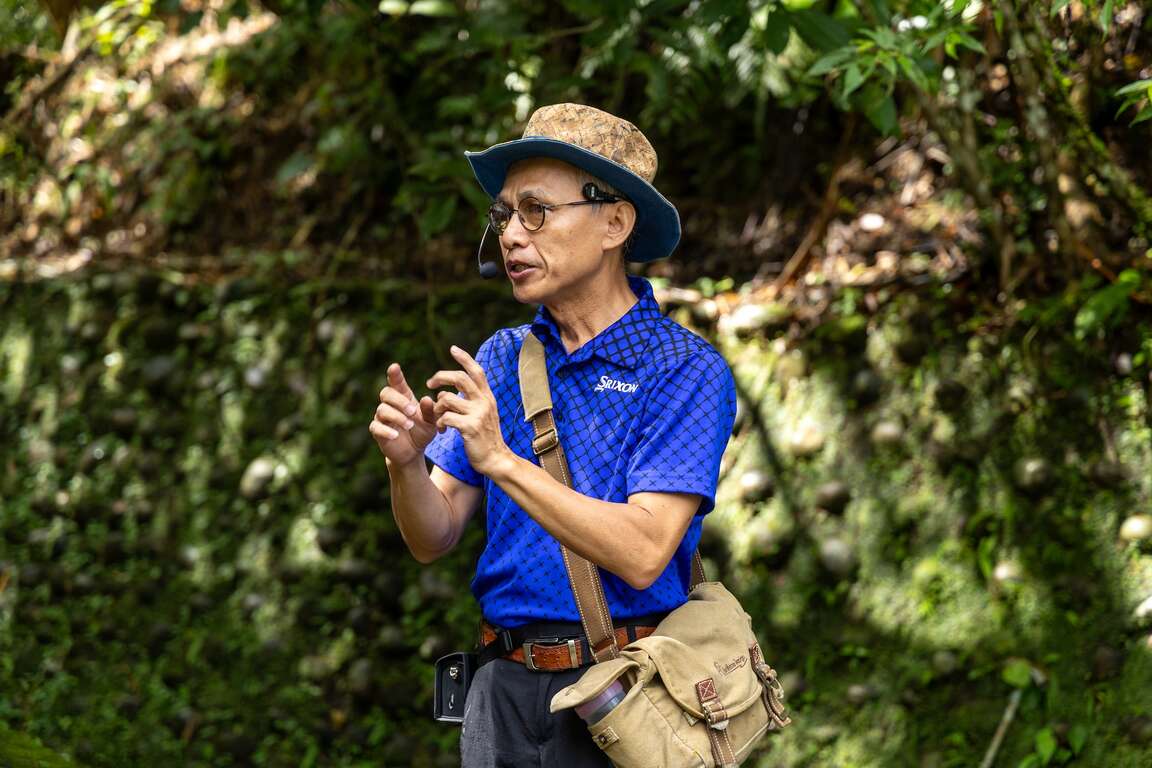
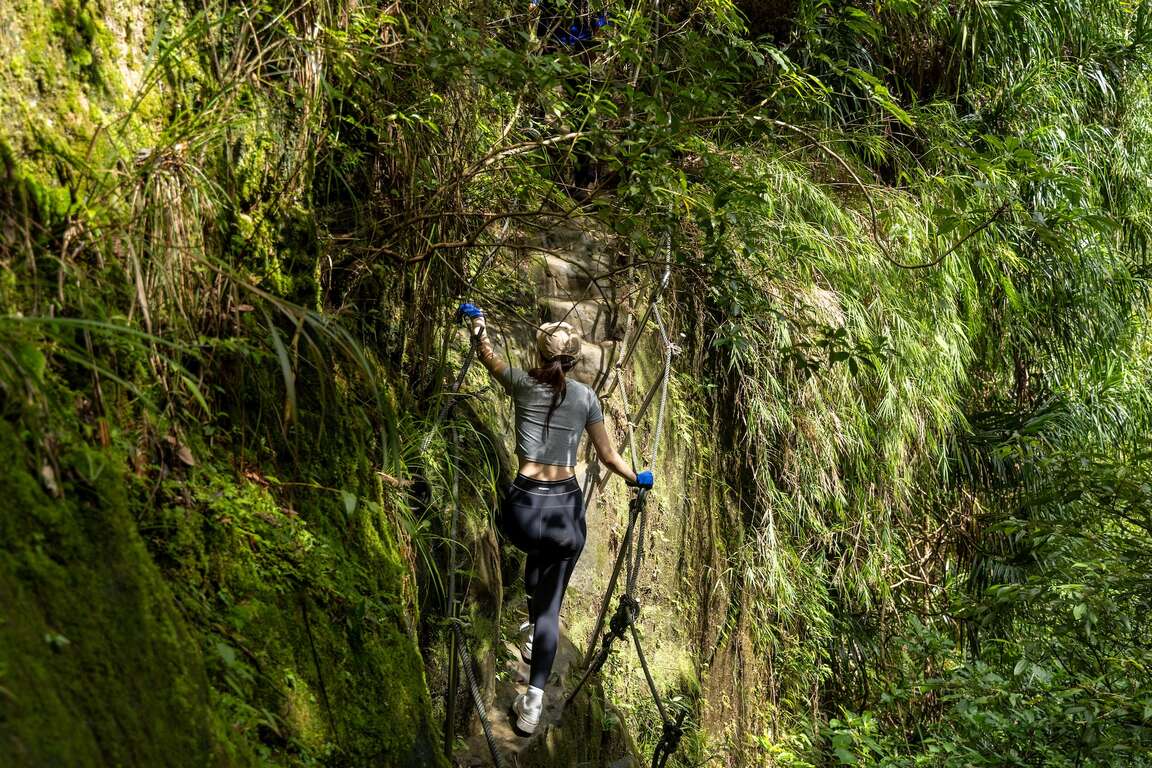
Look at the nearly vertical hiking trail before them. People couldn't help but be shocked by the towering stone peaks. Overcome the inner fear and climb the suspended steel ladder residents and veterans built. Take one step at a time and move steadily towards the sky.
❗️We do not recommend those who fear heights climb this hiking trail section.
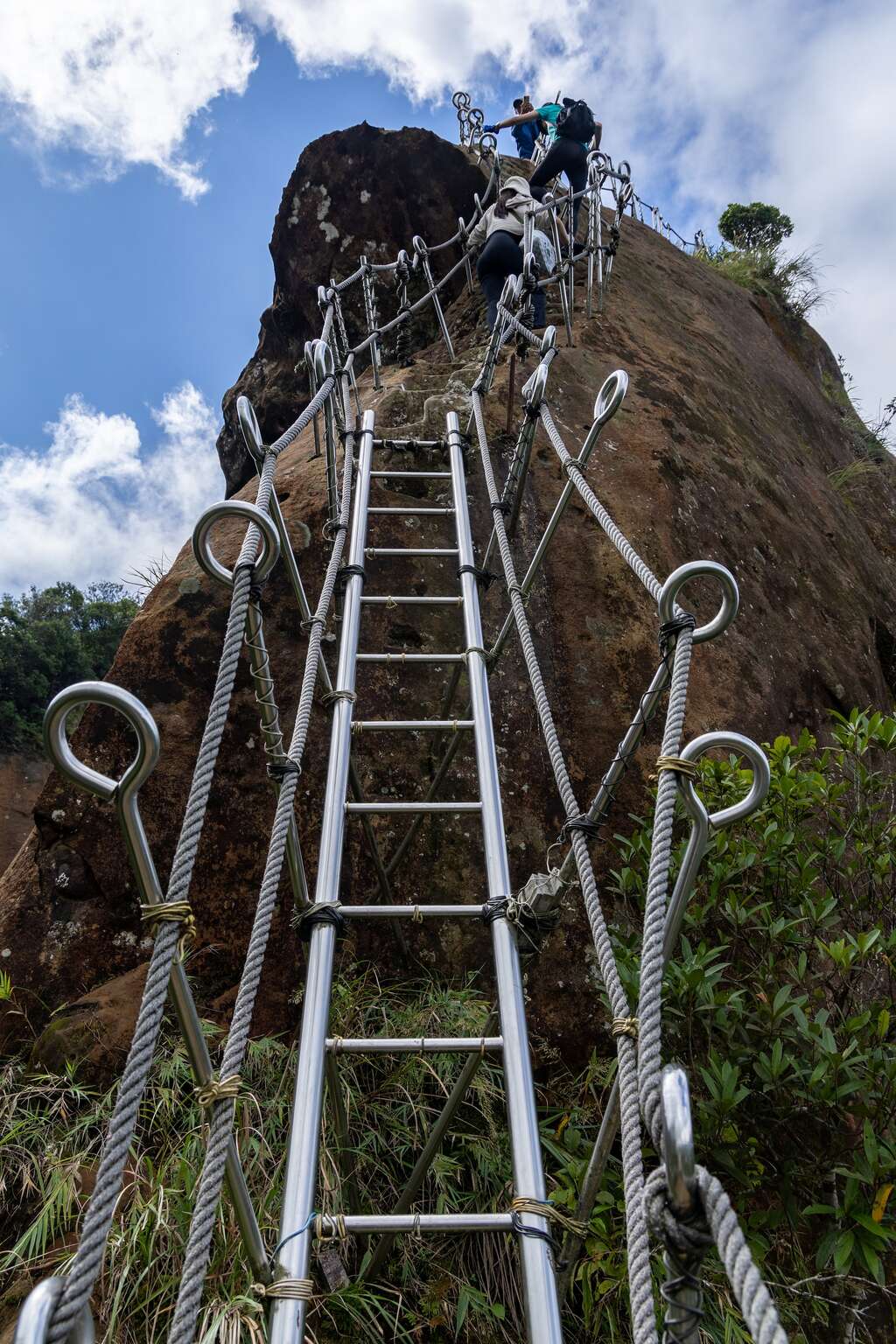

Climbing to the top of the 360-meter-high Xiaozi Mountain, you can overlook the railway towns of Pingxi and Jingtong and the endless mountain ridges. People can see that Mount Cimu and Mount Putuo, also independent mountain peaks with majestic momentum, are located behind.
👉The space at the top of Xiaozi Peak can only accommodate 5-6 people simultaneously. In case of a large crowd of climbers, please give others way politely.
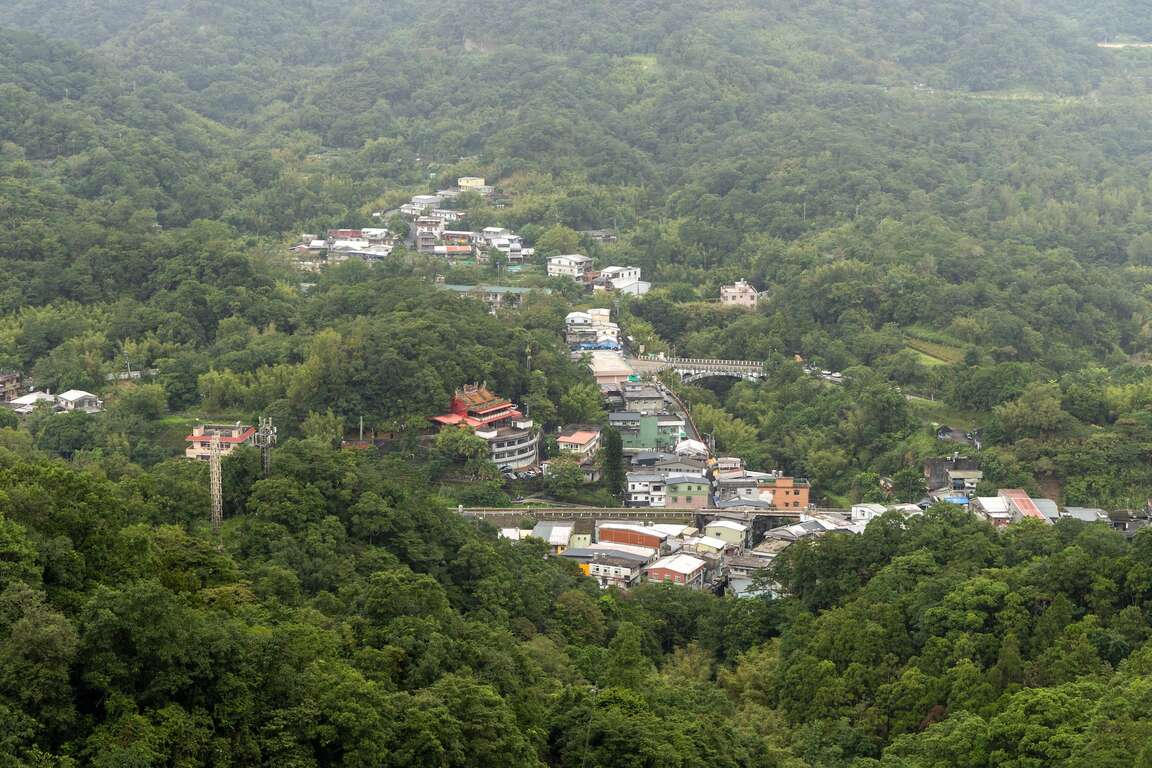
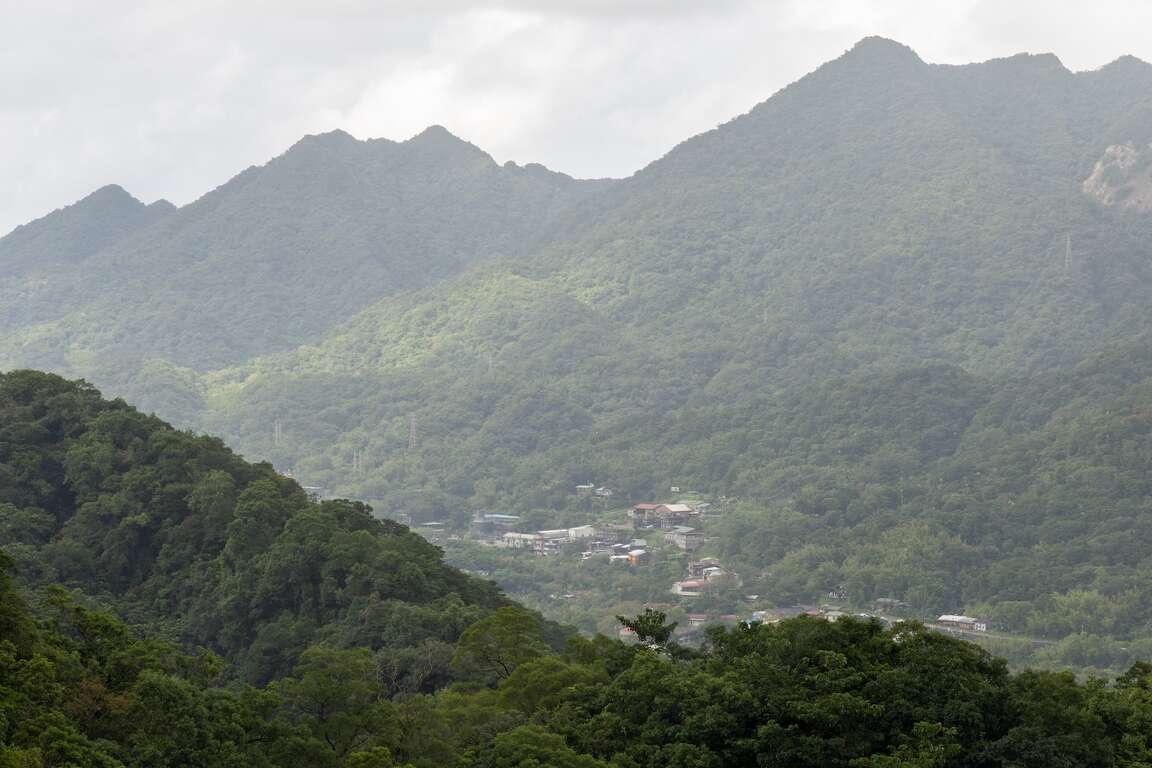
After the magnificent Xiaozi Mountain hike, return to Pingxi Station and walk into the blue and white Little Greece Restaurant. Here, enjoy the restaurant's signature dishes, such as rice noodles with oversized neritic squid and osmanthus coffee, to replenish your fatigue after hiking.
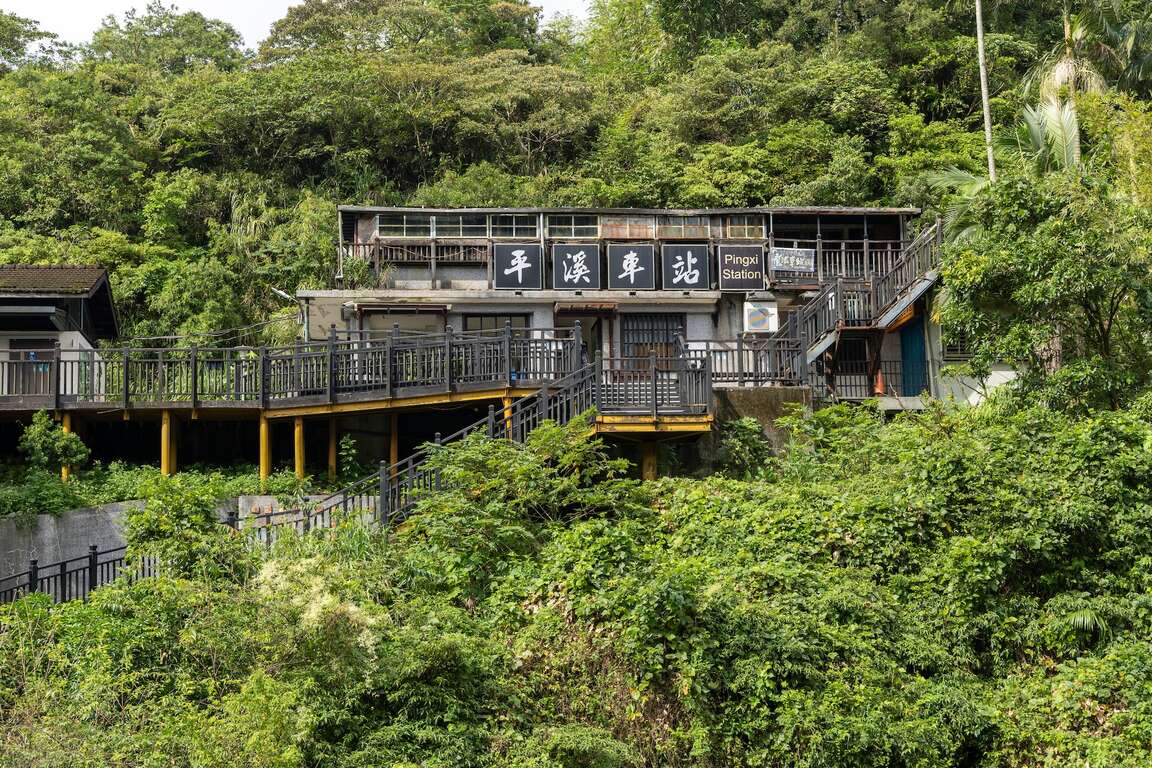
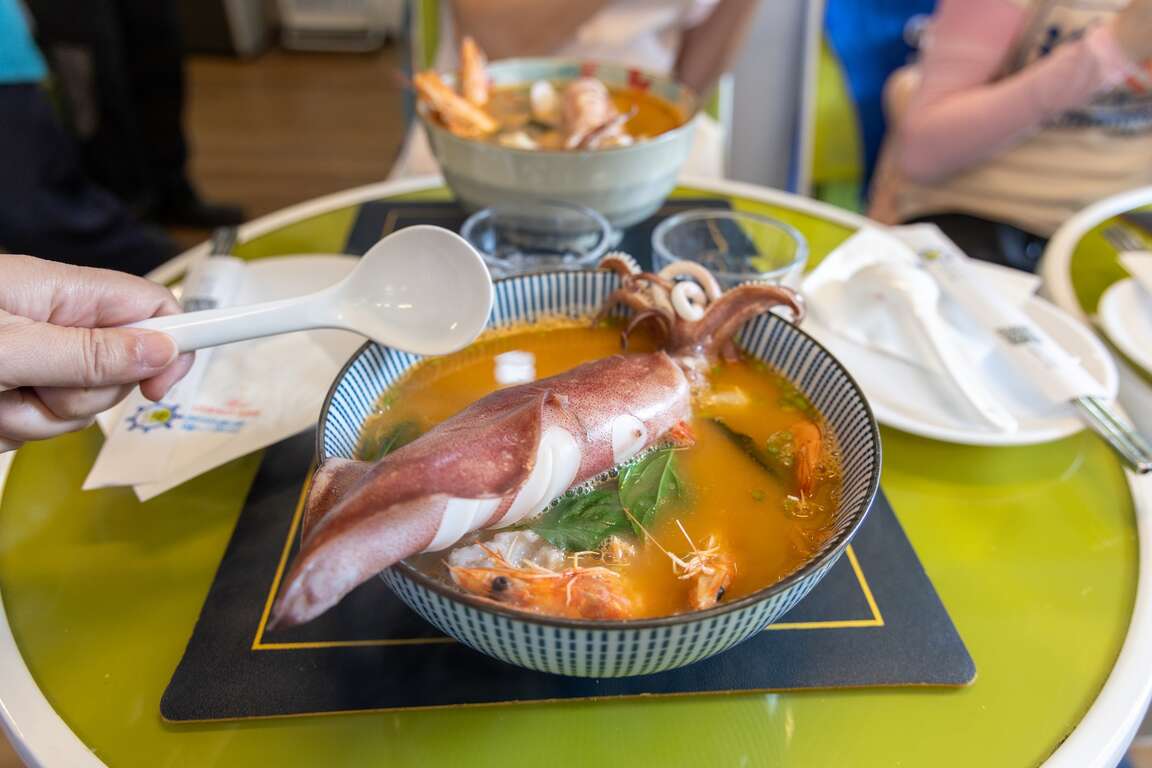
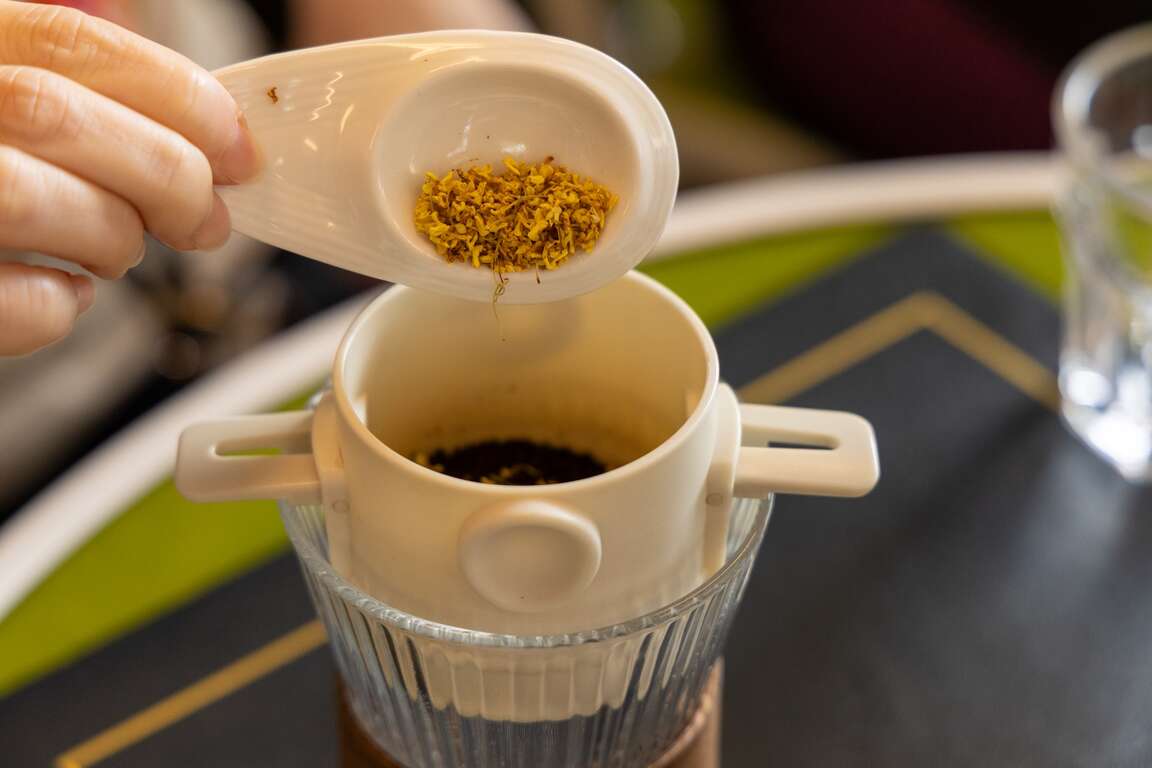
Come to the Smile Trails foothold on Pingxi Old Street—TakeYourTime Cafe to learn the techniques of making sky lanterns. Coming to Pingxi is no longer just about releasing sky lanterns. Under the guidance of the sky lantern master, everyone with skillful hands gradually forms sky lanterns.
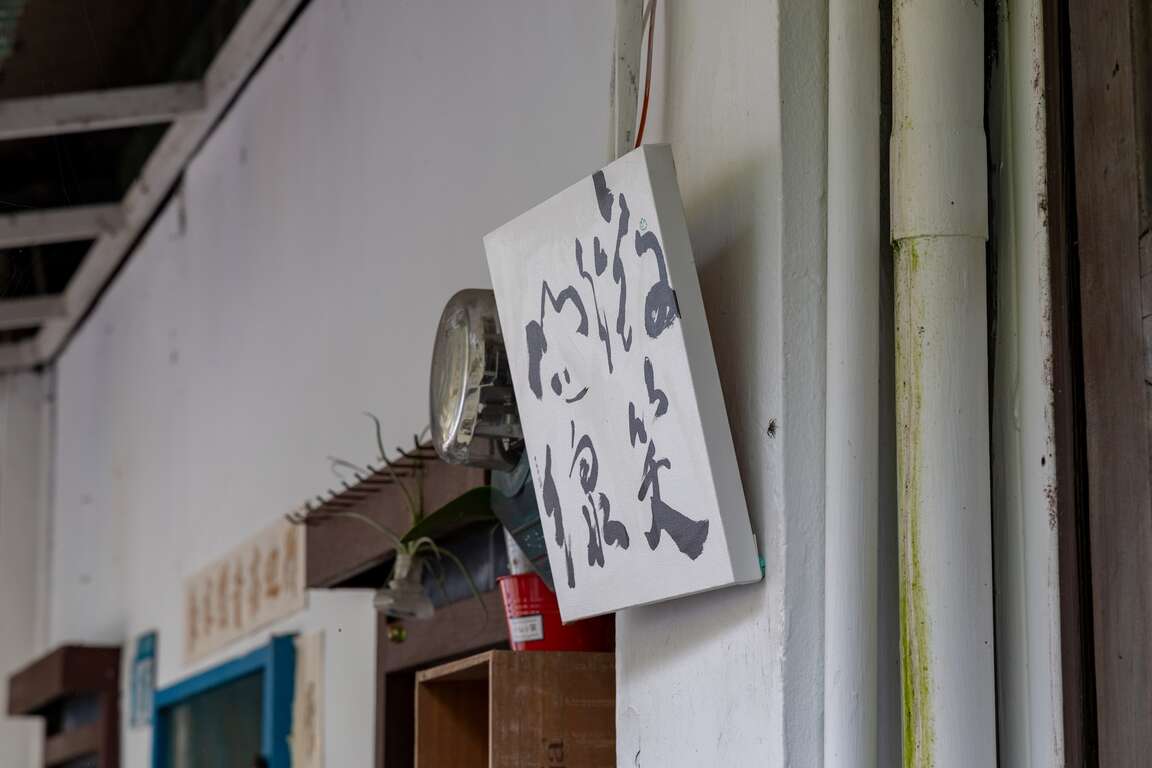
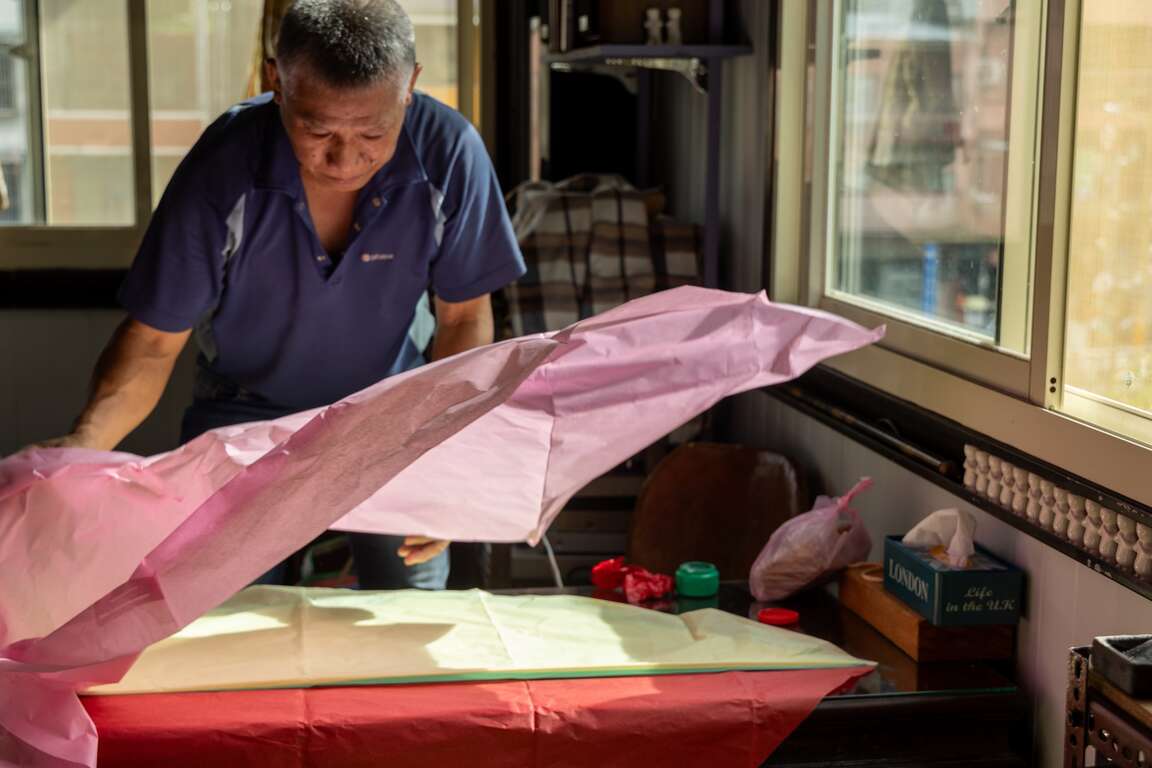
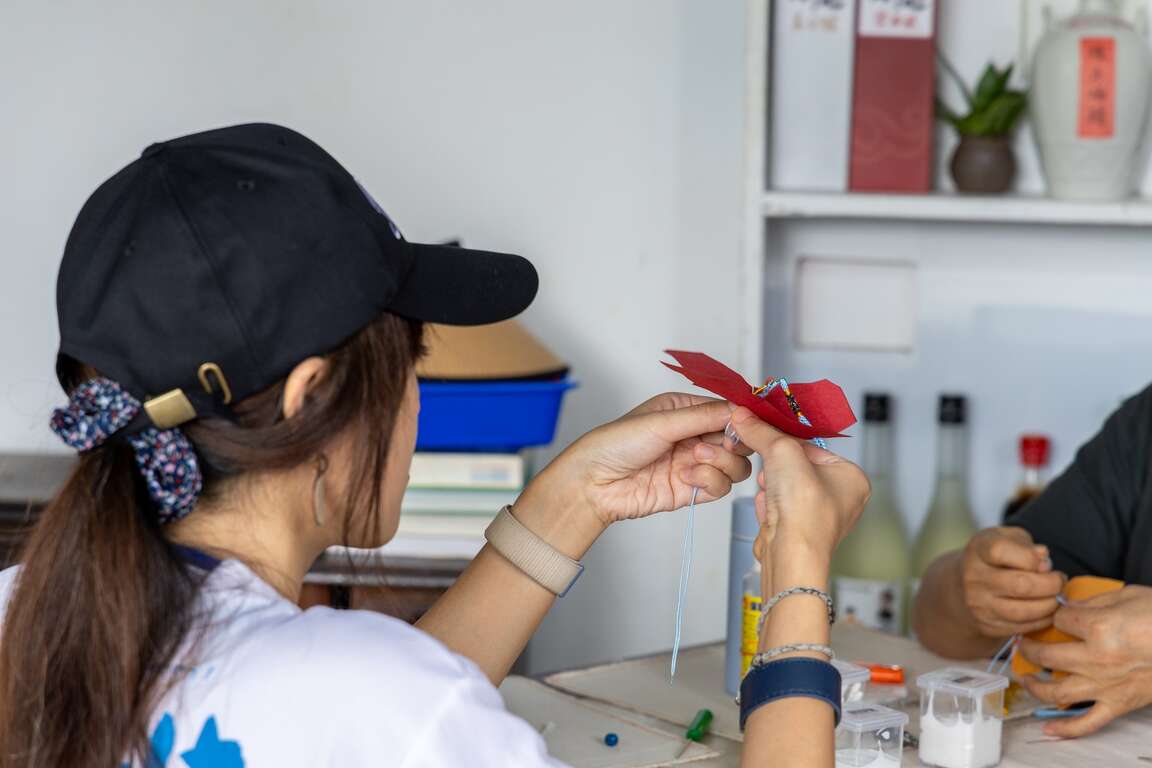
With environmental protection as the starting point, the Pingxi sky lanterns are made of recyclable and degradable materials, from paper and frames to adhesives. Let the sky lanterns, a cultural image representing Pingxi and Taiwan, continue to fly into the sky with everyone's wishes under the global consensus of zero carbon emissions.
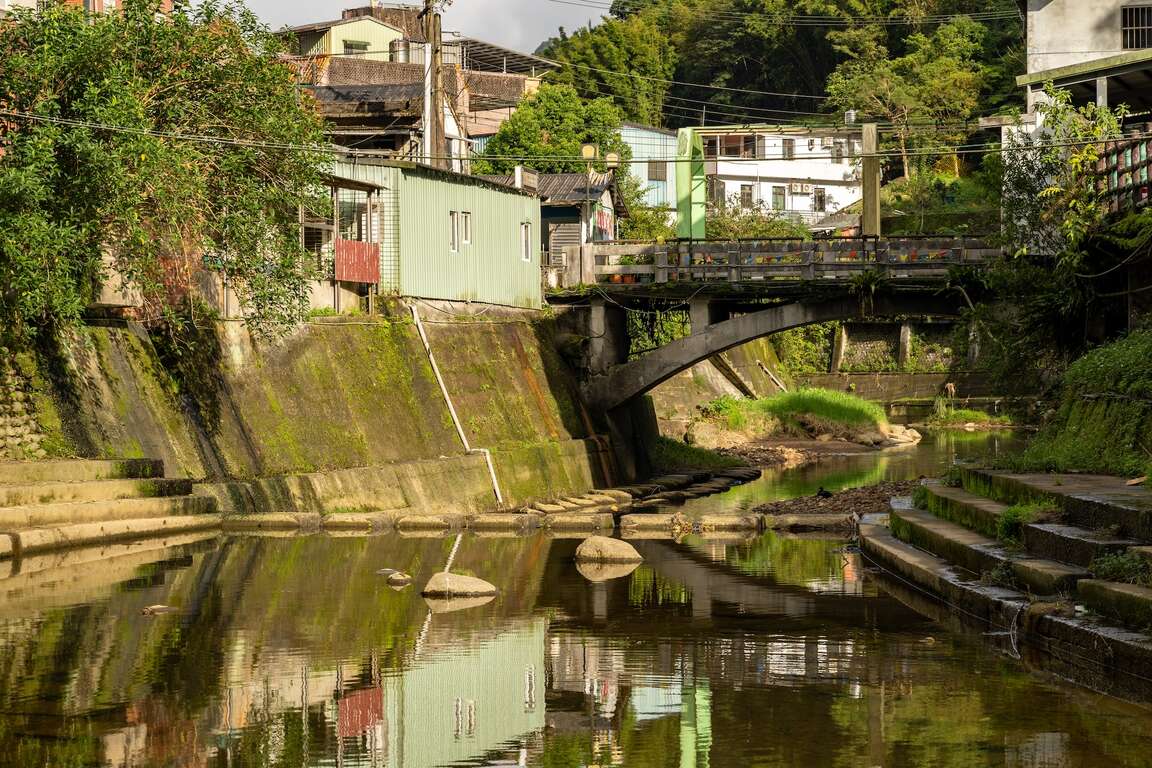
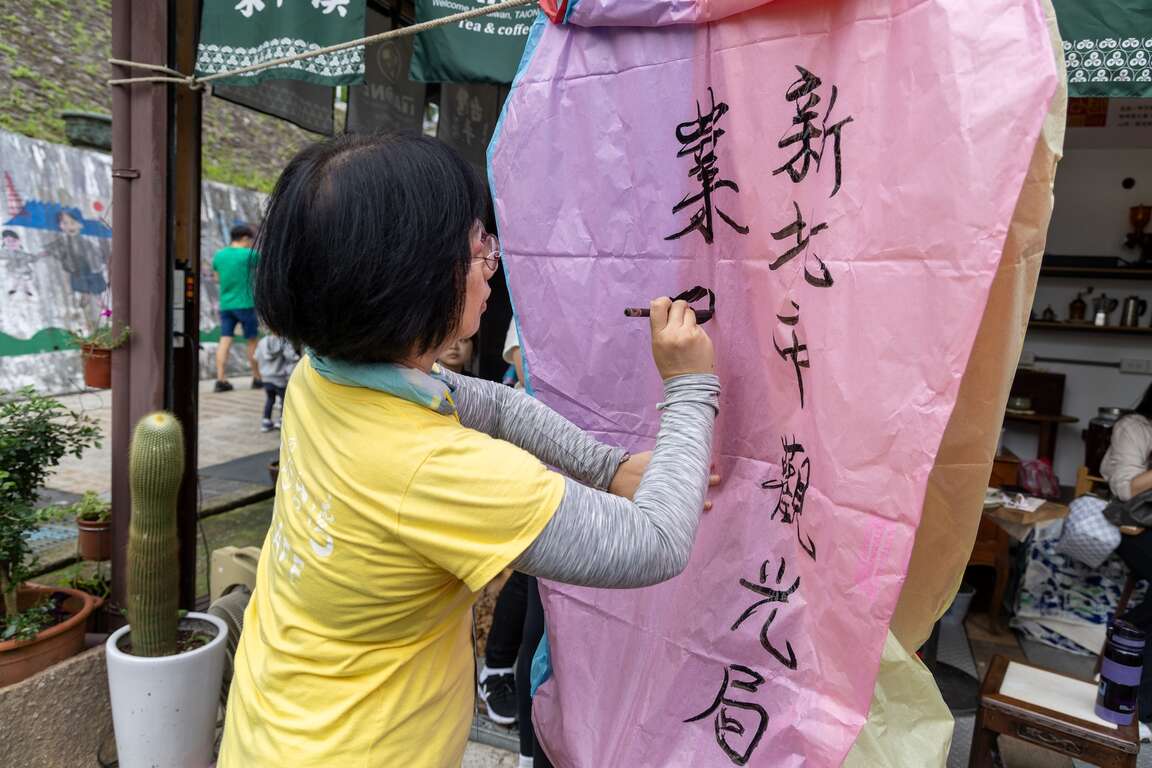
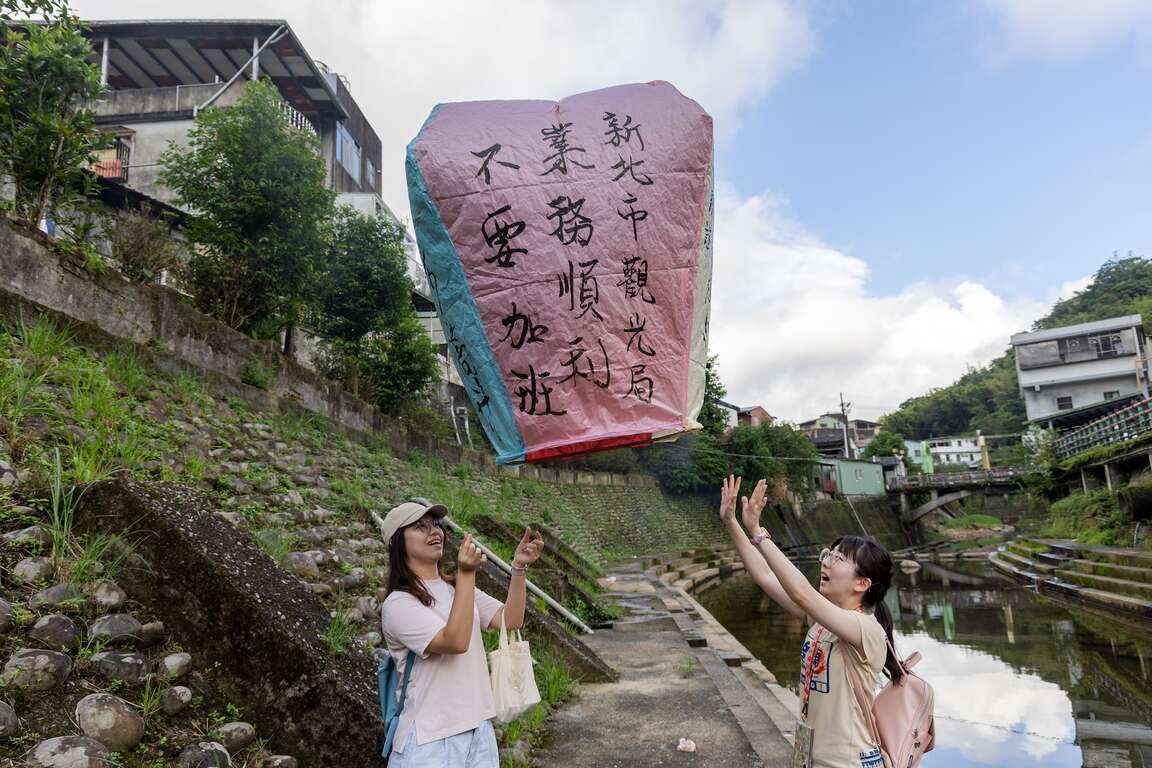
Going down the ramp in front of Jingtong Station, an elegant Japanese-style building is on the Keelung River bank. The predecessor of this building, built in 1939, was the Pingxi Guesthouse of TaiYang Mining, the largest enterprise in Pingxi's black gold era. The guesthouse and outdoor courtyard have more than 600 pings, a rare large-scale academy-style building in Taiwan. There are VIP rooms, a conference hall, a cafeteria, a bathhouse, a recreation room, a billiard room, a library, and other facilities here. It was the leading entertainment venue in Pingxi at that time.
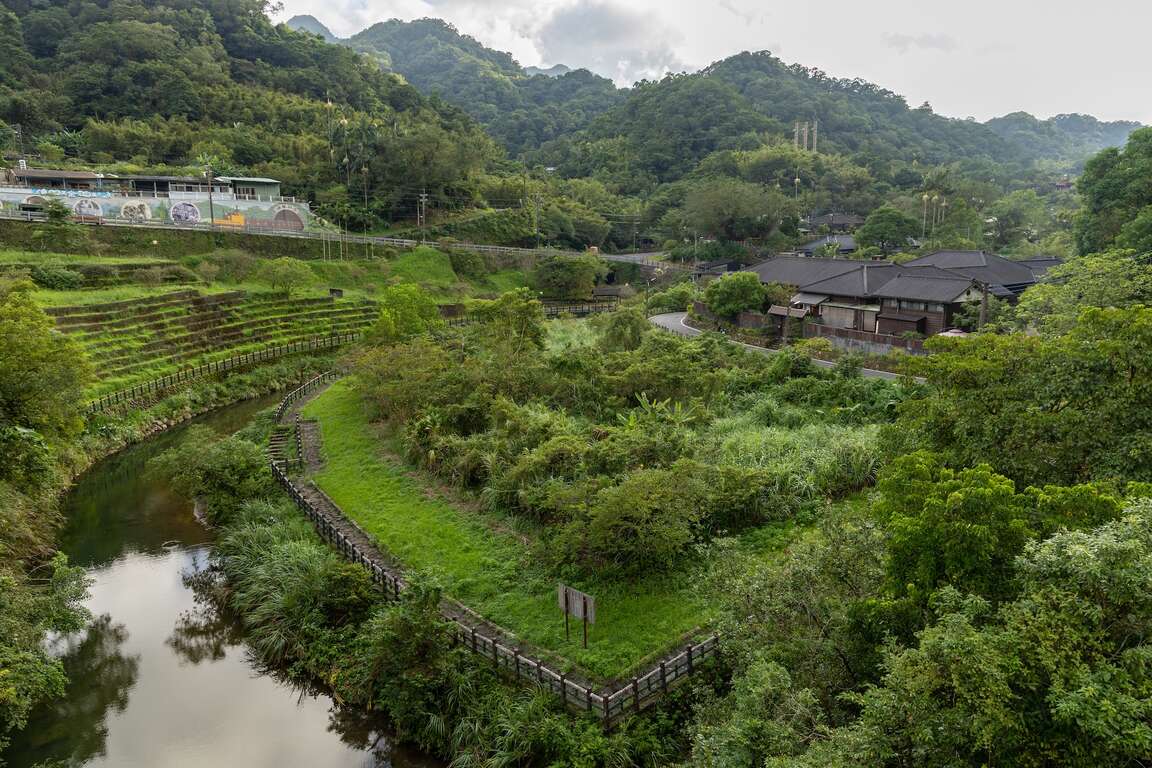
As mining stopped in Pingxi, the guesthouse was also closed. 2003, it was designated a historic site, and the exhibition company is currently taking over the guesthouse. After restoration, it has become the "Yijian.Jingtong Ancient Art Life " private art museum. Inside, they display various ingenious artworks and promote the glorious mining history of Pingxi. Through the explanation of professional tour guides, appreciate the building's three corridors, three entryways, and six ceilings and wander in Japanese-style aesthetics.
👉The "Yijian.Jingtong Ancient Art Life" private art museum is now adopting a reservation system that allows visitors to reserve a visit time online in advance.
